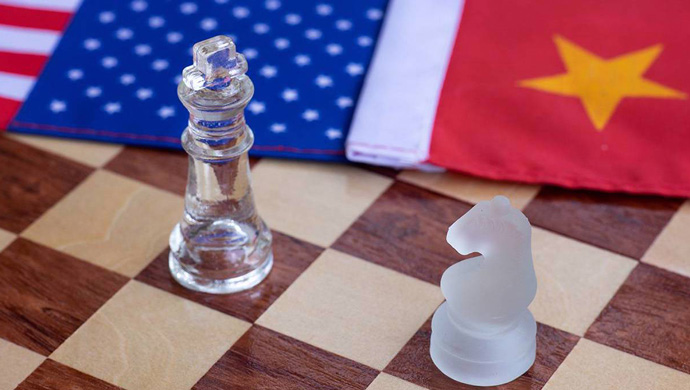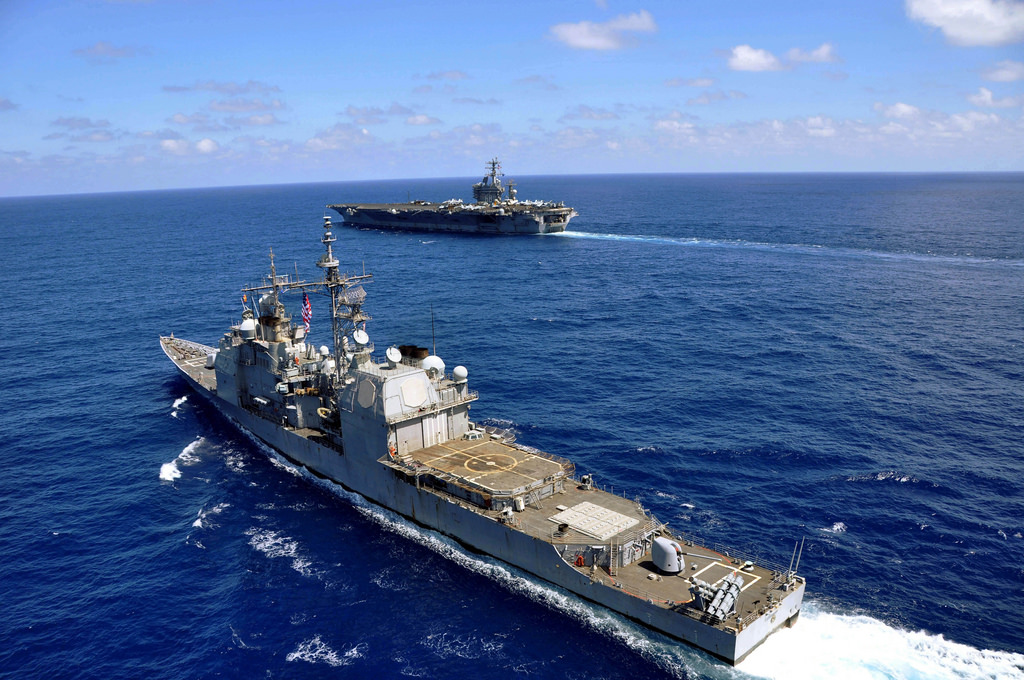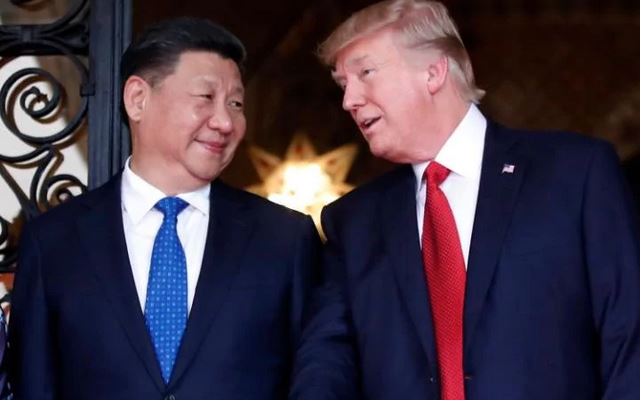Li Yan, Director of President's Office, China Institutes of Contemporary International Relations
Dec 28, 2020
While pursuing cautious containment, the U.S. will want to avoid major military frictions. Biden may re-emphasize the role of military exchanges with China, which will create opportunities for military dialogue and exchanges at all levels.
Li Yan, Director of President's Office, China Institutes of Contemporary International Relations
Sep 24, 2020
Once again the annual assessment is filled with unfounded suspicion and smears. Nevertheless, with relations at low ebb between China and the United States, relations between the two militaries will be the key to peace.

Zhang Tuosheng, Principal Researcher at Grandview Institution, and Academic Committee Member of Center for International Security and Strategy at Tsinghua University
Nov 22, 2019
War often begins with security frictions. Taiwan and the South China Sea are powder kegs.
May 31, 2019
Top American and Chinese defense officials will lay out rival visions for the Indo-Pacific region as they meet in Singapore this week amid a bruising global trade war, tensions over China’s push for technology leadership and the specter of stalled U.S.-North Korea nuclear talks.
Zheng Yu, Professor, Chinese Academy of Social Sciences
May 24, 2019
The Trump administration has begun applying military pressure on China, not only in traditional areas of friction such as the South China Sea and Taiwan, but using arms control. Recent American withdrawal from the US-Russia INF Treaty may be part of a strategy to draw China into a potential new nuclear agreement.

Richard Weitz, Senior Fellow, Hudson Institute
Oct 05, 2018
The U.S. effort to deny China access to advanced Russian weapons is understandable and, arguably, preferable to more direct attempts to decelerate China’s military modernization.
Sep 26, 2018
Tensions between the two countries flared on military as well as economic fronts.
Jan 26, 2018
China consults with the U.S. over again participating in the multinational military exercises this summer.

Steven Stashwick , Independent writer and researcher
Sep 11, 2017
It’s important to be clear about what the U.S. and China’s new communication framework isn’t – it isn’t a crisis resolution mechanism, something that nominally already exists. Rather, the framework will set up a dialogue between the two countries’ joint military staffs to complement existing bilateral dialogues. What this dynamic suggests is that it is the United States, as the initiator of these measures, is the country most concerned about “miscalculation” or crisis escalation.
Aug 18, 2017
Chinese President Xi Jinping on Thursday said he expects military relations would become a major stabilizing factor in Sino-U.S. ties.
Back to Top

- China-US Focus builds trust and understanding between the U.S. and China through open dialogue among thought leaders.
- Our Offerings
- Topics
- Videos
- Podcasts
- Columnists
- Research Reports
- Focus Digest
- Stay Connected
-
Thanks for signing up!
- Get the latest stories from China-US Focus weekly.